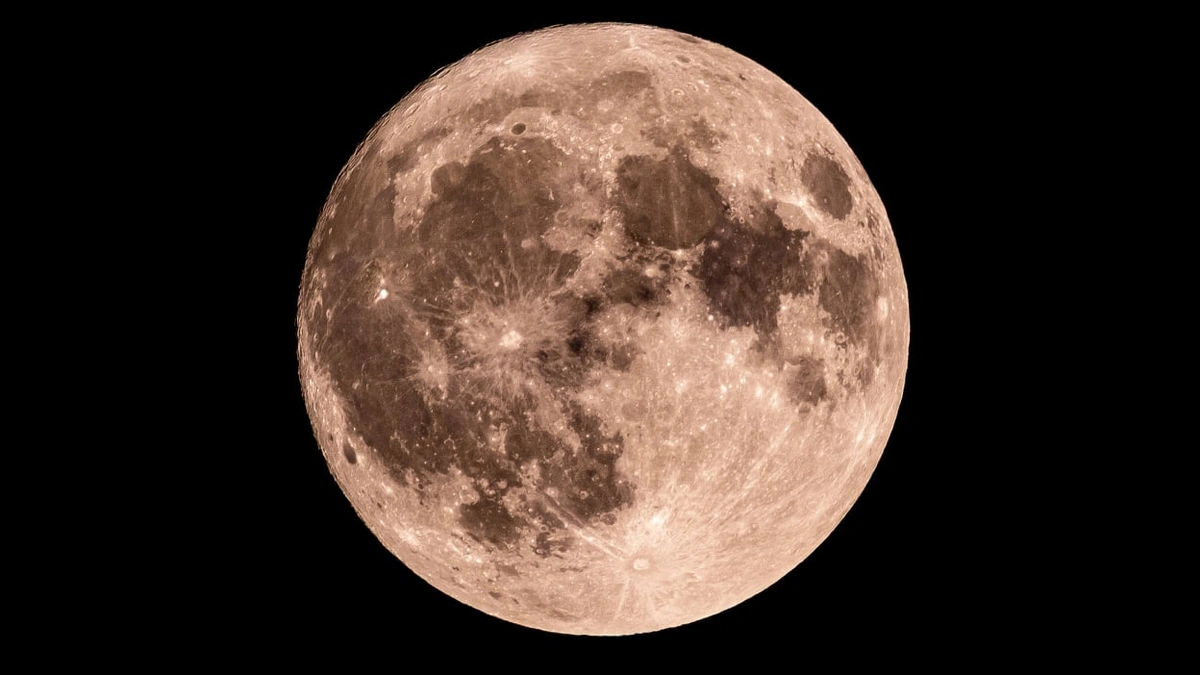Ever glanced at the moon and wondered what phase it’s in? Most people probably just think, “Oh, it’s full,” or “It’s just a sliver.” But here’s the thing: the moon phase today isn’t just a pretty sight in the sky. It’s actually connected to a whole bunch of things – from ocean tides to, believe it or not, even human behavior. I know, sounds a little out there, right? Let’s dive into why knowing the moon’s phase is more relevant than you might imagine, and how it impacts our world in subtle, yet significant ways.
Understanding the Lunar Cycle | A Quick Refresher

Okay, before we get too deep, let’s cover the basics. The lunar cycle, which dictates the different moon phases , takes about 29.5 days. This is the time it takes for the moon to orbit Earth and go through all its phases, from new moon to full moon and back again. Each phase has its own unique characteristics and, according to some, its own influence.
But, why does the moon even have phases? It’s all about the angle at which we view the moon’s illuminated surface. When the moon is between the Earth and the Sun (new moon), we don’t see it because the sunlit side is facing away from us. As the moon orbits, we gradually see more and more of the sunlit portion, leading to the waxing crescent, first quarter, waxing gibbous, and finally, the glorious full moon . Then, the process reverses, leading to the waning gibbous, last quarter, waning crescent, and back to the new moon.
The Moon’s Impact on Tides | More Than Just a Beach Day Concern
The most obvious and well-understood effect of the lunar cycle is its influence on ocean tides. The moon’s gravitational pull is the primary driver of tides, causing the oceans to bulge on the side of Earth closest to the moon, and also on the opposite side. This creates high tides. When the sun, Earth, and moon are aligned (during new and full moons), we experience especially high tides, called spring tides. Conversely, when the moon is at a right angle to the sun (during quarter moons), we get neap tides, which are less extreme.
But the implications go far beyond just knowing when to hit the beach. Tidal patterns influence navigation, coastal erosion, and even the behavior of marine life. Many sea creatures time their breeding cycles to coincide with specific tidal phases, ensuring the best conditions for their offspring.
Beyond Tides | The Moon’s Subtler Influences
Now, here’s where things get a little more controversial, but also super interesting. For centuries, people have believed that the moon’s phases can influence everything from plant growth to human behavior. Farmers, for example, have long followed lunar cycles for planting and harvesting, believing that certain phases promote better growth. There’s a whole movement built around planting by the moon .
And what about us humans? Some studies (and a lot of anecdotal evidence) suggest that the full moon can affect sleep patterns, mood, and even crime rates. You might hear phrases like ” moon’s gravitational pull ” used in explanations. Do these claims hold water? The scientific evidence is mixed, to be honest. Some studies have found correlations, while others haven’t. But, what fascinates me is the persistence of these beliefs across cultures and throughout history. There’s clearly something about the moon that captures our imagination and, perhaps, subtly influences us.
Accessing Reliable Information | Using a Lunar Calendar
So, you’re curious about the current moon phase ? Luckily, it’s easier than ever to find out. You don’t need to be an astronomer! There are tons of resources available online and in apps. Just search ” moon phase calendar ” or “lunar calendar” and you’ll find a plethora of options. Many weather apps also include the current moon phase in their daily forecasts. Check it out today !
For example, websites like Time and Date (https://www.timeanddate.com/moon/) offer detailed information about the moon’s position , phase, and rise/set times for your specific location. This level of detail allows you to correlate it with your observations.
FAQ | Moon Phase Today – Your Burning Questions Answered
What if I want to know the moon phase for a future date?
Most lunar calendars and apps allow you to scroll through dates and see the corresponding moon phase. Just select the date you’re interested in.
How accurate are online moon phase predictions?
They’re generally very accurate, based on well-established astronomical calculations.
Can the moon phase really affect my sleep?
Some people are more sensitive to the moon’s influence than others. Try tracking your sleep patterns alongside the lunar cycle to see if you notice any correlations.
Is there a “best” moon phase for anything specific?
That depends on what you believe! Gardeners often swear by planting during the waxing moon, while others believe the full moon is a time for increased energy and activity.
What is the next full moon date?
You can find this information by searching for a lunar calendar online.
Is the moon’s gravitational pull same all the time?
The gravitational pull of the moon varies slightly depending on its distance from the Earth in its orbit. This variation is what contributes to varying tidal heights.
So, the next time you look up at the moon, remember that it’s not just a pretty face. It’s a celestial body with real, measurable effects on our planet – and perhaps even on us. And while we may not fully understand all the connections, that’s part of what makes it so fascinating. The more you look, the more you realize the moon’s influence is always around us, in the background, subtly shaping our world. It’s a humbling thought, isn’t it?




